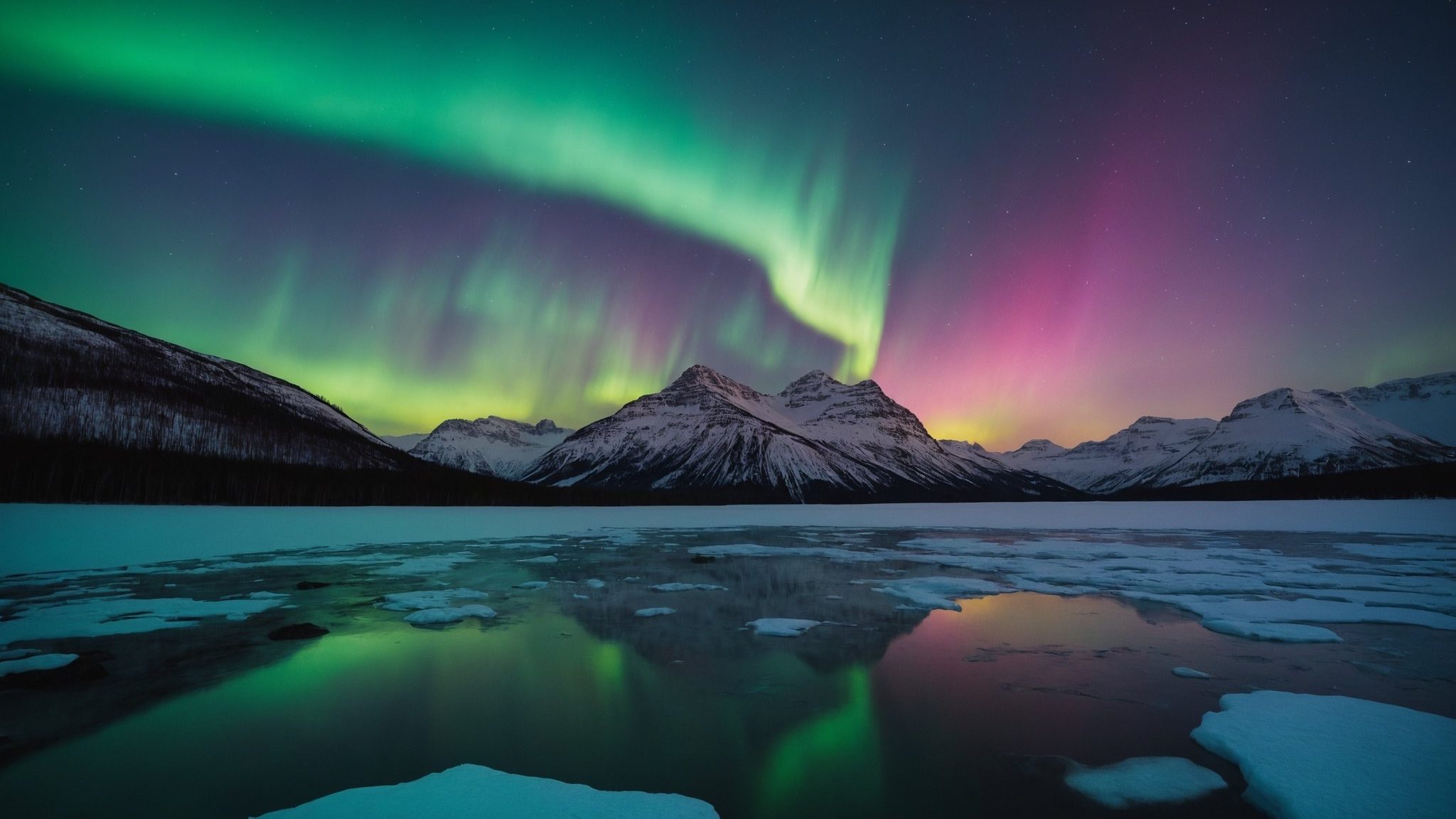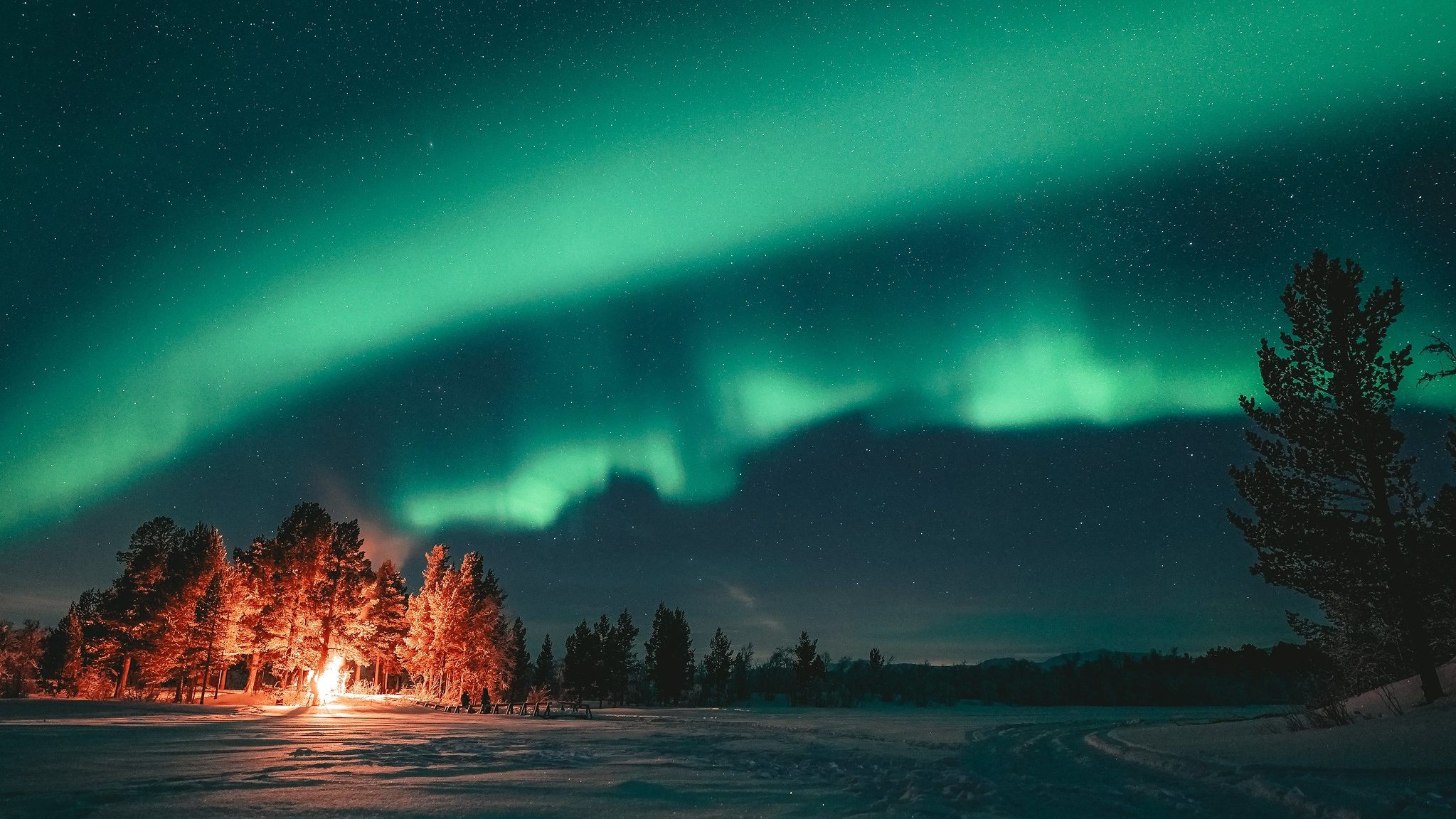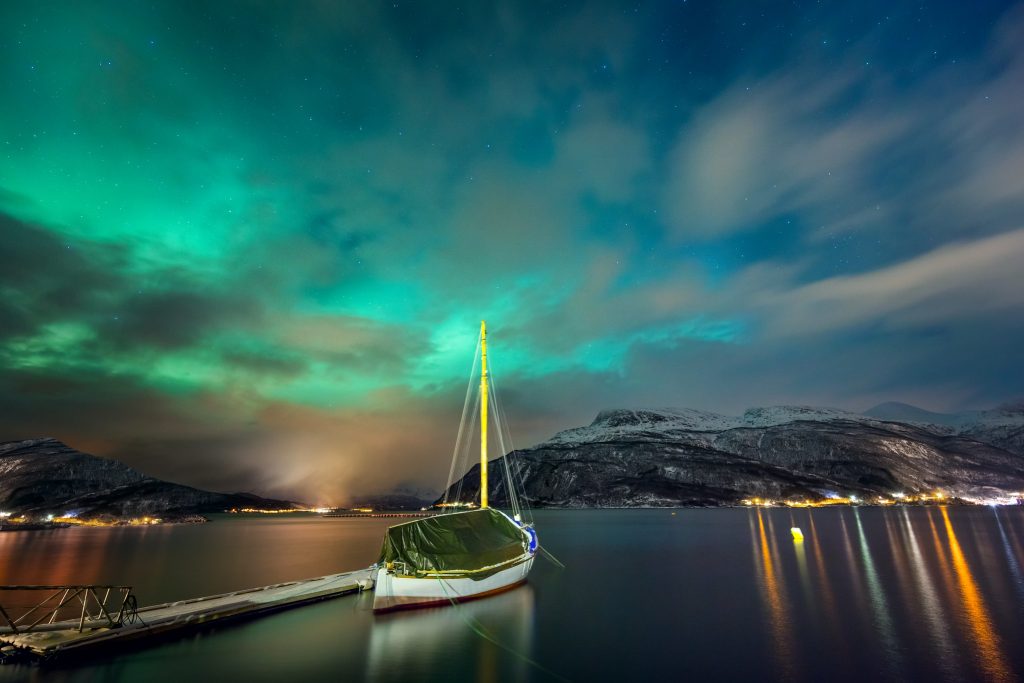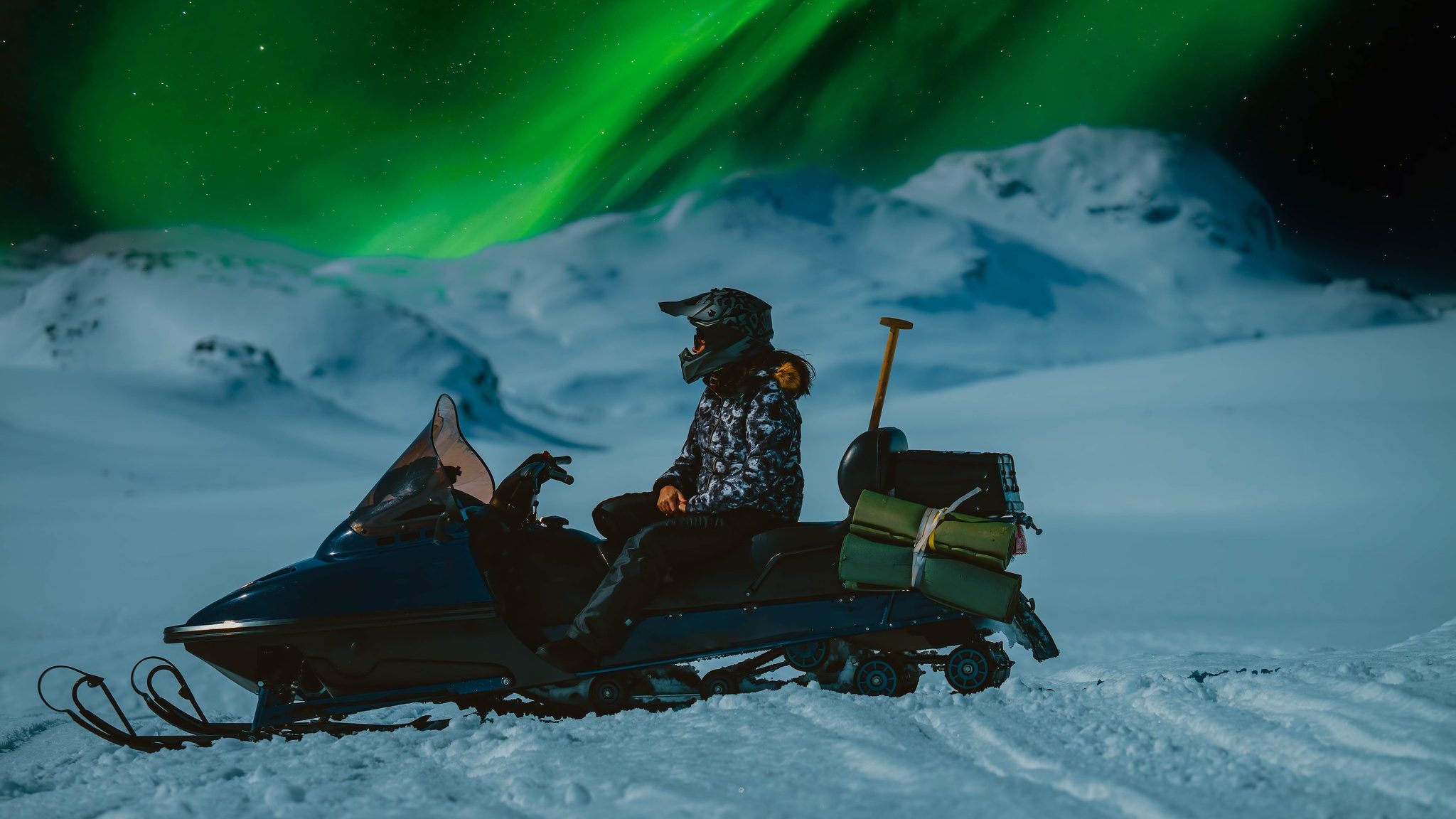Imagine yourself standing under a vast Arctic sky on a crisp winter night. The world around you is silent, except for the faint crunch of snow beneath your boots. Suddenly, the darkness above begins to shift—ribbons of green and purple light swirl and dance, illuminating the heavens in a breathtaking display. You stand there, breath held, completely mesmerized.
If you’re dreaming of witnessing this spectacular natural wonder, let me help you plan the perfect aurora-hunting adventure, including tips about how to properly dress for the cold and how to make the most of your tour!
Before we get into the details, here’s a quick overview of the key points you should know if you’re thinking about embarking on a northern lights trip. From timing and location to essential gear and unique ways to enhance your experience, this guide will help you make the most of your adventure.
- What are Northern Lights
- Dress for the Cold
- Enhance Your Experience with Unique Tours
- Tips for an Unforgettable Experience
What are Northern Lights and When is the Best Time to See Them?
Before you pack your bags, let’s briefly talk about what you’re actually seeing. The northern lights, or aurora borealis, are caused by charged particles from the sun colliding with Earth’s atmosphere. When these particles interact with gases within the atmosphere, they create those mesmerising colours you see dancing in the sky. The intensity and colour of the aurora depend on solar activity, which varies from night to night.
Timing is everything. The best months to see the northern lights are September to April, when the nights are long and dark enough for the aurora to be visible. Within this window, winter (December to February) offers the highest chances, especially in Arctic regions, but it also comes with extreme cold. Keep in mind that even during peak season, you need clear skies, so make sure to check the weather forecast beforehand.
Location plays a key role in your aurora adventure. You’ll need to be in or near the Auroral Oval, a ring around the Earth’s magnetic poles where the lights are most active. Destinations in Norway, Sweden, Finland, and Iceland are among the top choices. But don’t worry, I’ll cover the best locations in a separate blog post!

Dress for the Cold (Or Risk Missing Out!)
I learned the hard way that standing outside for hours in freezing temperatures without the right gear is a terrible idea. Trust me, you don’t want to be shivering instead of enjoying the show above. The key to staying warm and comfortable is layering—wearing multiple layers traps heat and keeps you insulated from the cold.
Here’s what you’ll need:
- Base layer: This is your first line of defence against the cold. Thermal clothes made of merino wool or synthetic fibres will keep sweat away and help regulate your body temperature.
- Middle layer: Think of this as your insulation. A wool or fleece jumper traps heat and keeps you warm without making you feel bulky.
- Outer layer: A windproof and waterproof jacket and pants will shield you from harsh winds, snow, or even unexpected rain. A down or insulated jacket is a great option for extra warmth.
- Accessories: Don’t underestimate the importance of the small details! Wear thick gloves, a thermal hat, and insulated boots designed for extreme temperatures. Hand and foot warmers can be lifesavers on particularly cold nights.
- Face protection: If you’re venturing into extremely cold areas, consider a balaclava or scarf to cover your face and prevent frostbite.
Being properly dressed will make a world of a difference—you’ll be able to stay outside longer, and truly enjoy the experience without worrying about the cold creeping in.

Enhance Your Experience with Unique Tours
If you don’t have a camera or don’t know how to take professional photos, don’t worry! Many northern lights tours include a professional photographer who can capture the moment for you, ensuring you take home stunning memories.
Also, you don’t necessarily have to venture out on foot—there are plenty of incredible northern lights tours that make the experience even more special. You can choose from:
- Snowmobiling tours, where you glide across frozen landscapes under the aurora’s glow.
- Boat tours, offering a chance to see the northern lights while drifting on calm Arctic waters.
- Dog sledding adventures, combining the thrill of traditional transport with breathtaking scenery.


Tips for an Unforgettable Experience
Seeing the northern lights requires patience and a bit of luck. Here are some key factors to consider:
- Darkness is key: Get away from city lights and light pollution. The more remote, the better.
- Check the weather and aurora forecast before heading out.
- Be patient: Sometimes, the lights don’t appear right away. Be prepared to wait, and don’t give up too soon!
- Bring a good camera and a tripod: The northern lights move fast, and long exposure shots require stability.
- Respect nature: If you’re in a remote area, be mindful of the environment and local wildlife
Chasing the northern lights is an adventure like no other. It takes patience, preparation, and a bit of luck, but when you finally see them, it’s pure magic. The sheer beauty of the aurora is something that words and photos can hardly capture—it’s an experience that stays with you forever. Whether you’re watching from a snowy hillside, a frozen lake, or the deck of a boat, the moment the sky comes alive with shimmering lights is nothing short of breathtaking. So bundle up, pick the perfect spot, and get ready for an unforgettable experience!
